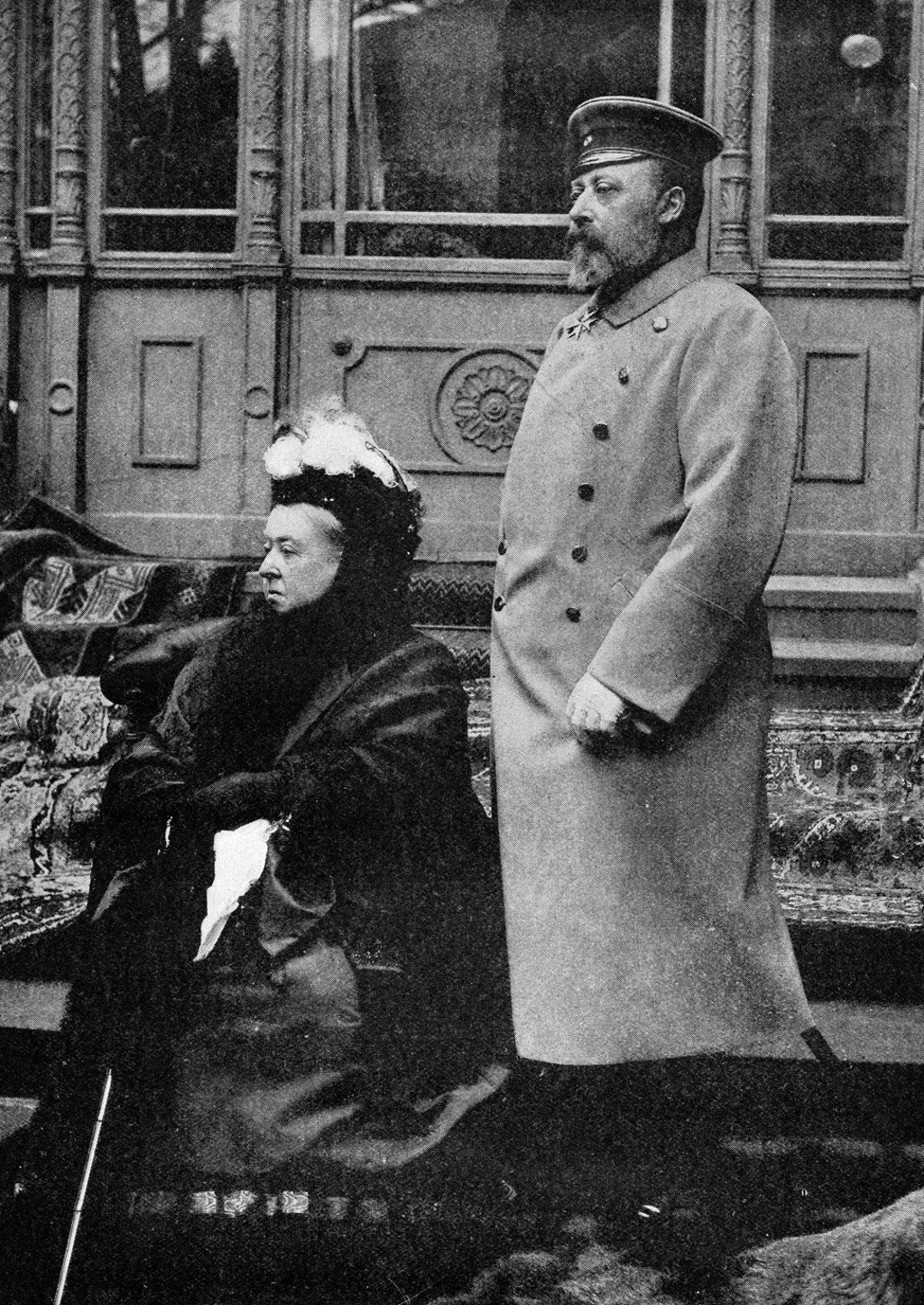Reflections | Is Japan’s refusal to put a female on the throne a plot to keep imperial line unbroken?
Unlike in Europe, where the names of royal families can change with each generation, in Asia such a move would be considered the death of a dynasty

Japan is still getting used to the “post-Heisei” era following the abdication of Emperor Akihito less than a month ago. In the words of its constitution, the country has a new “symbol of the state and of the unity of the people” in Emperor Naruhito, whose reign has ushered in the new Reiwa era. What is not often mentioned is that Japan also has a new crown prince: the emperor’s younger brother, Fumihito, also known by his title of Prince Akishino.
Naruhito has a daughter, Princess Aiko, but the country’s powerful conservatives are adamantly opposed to having a woman on the throne, hence Akishino’s elevation to heir presumptive. It isn’t as if there haven’t been any reigning empresses before. There were six female imperial rulers in Japan’s early history and two in the early modern period, the last being Empress Go-Sakuramachi, whose reign, from 1762 to 1771, was a mere 250 years ago. It is curious how traditionalists cherry-pick only the “traditions” they are partial to, conveniently ignoring the uncomfortable details and hoping others will, too.
Having said that, Japan’s female rulers did not found their own dynasties. While they might have been empresses who reigned in their own right, they were considered custodians of the throne until a suitable male heir could be found within the imperial clan. Some of these empresses did marry and have children who became their successors, but as a few of the early female rulers entered into incestuous marriages, which were not as frowned upon as they are today, their sons were descendants of the imperial family. Other empresses abdicated in favour of their brother’s sons or male cousins, when they came of age.

Such considerations were typical of East Asian dynasties because royal lineage could not be passed through female members of the family, but that is not the case in Europe. When Queen Victoria died, in 1901, and her son became King Edward VII, the British royal dynasty simply changed from Hanover to Saxe-Coburg and Gotha, the house of Victoria’s husband. Saxe-Coburg and Gotha was famously changed to the more English-sounding Windsor during the first world war. When Queen Elizabeth eventually passes on, the name of the British royal house will change from Windsor to something else, possibly Mountbatten-Windsor.
Such a situation, where the name of somebody from outside the family (the queen’s husband) replaces or is added to the original royal name, would be viewed very differently in East Asia. It would be seen as more than a name change; it would mean the extinction of one dynasty and the beginning of a new one. I believe this is what Japan’s traditionalists are most fearful of, the wholesale adoption of a European-style succession system, putting an end to Japan’s imperial line that has remained unbroken for at least 1,500 years.
